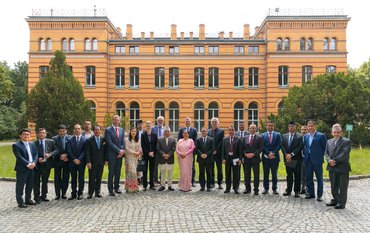05.04.2017: When a phase of relative seismic quiescence of decades to centuries is followed by a short phase of strong seismic activity of several days or years, scientists refer to it as a megathrust earthquake cycle. A team of five GFZ scientists, a Chilean colleague, and first author Daniel Melnick from the University of Potsdam investigated the mechanisms behind these mega earthquake cycles at the Chilean plate boundary. The results, published in the scientific journal Geophysical Research Letters, are now distinguished as “research spotlight” by the news platform EOS of the American Geophysical Union AGU. Like this, EOS honors “the best accepted articles” that were published in an AGU journal.
More than a quarter of the global seismic energy is released at the Chilean plate boundary. Here, the South American continent pushes itself over the adjacent oceanic plate – the Nazca plate of the Southern Pacific. Some of the strongest ever recorded earthquakes occurred at this plate boundary; like for example the devastating seismic shock from 27 February 2010 with a magnitude of 8,8 in the southern part of Central Chile, and the quake that followed on 17 September 2015 with a magnitude of 8,3. Both quakes were followed by a tsunami.
It has long been recognized that megathrust quakes along particular subduction zones follow a certain pattern: phases of long relative seismic quiescence alternate with short phases of strong seismic activity. The causes behind this pattern were, however, so far enigmatic. The team of scientists now investigated the changes in surface structures along the continental Chilean plate mark. With unprecedented precision the scientists surveyed the build-up of stress in the continental plate based on changes in the structure of the Earth’s surface. Like this, they were able to decipher the causes behind megathrust earthquakes.
A megathrust earthquake cycle ends
The team fed computer models with near-real-time data – collected via Global Positioning System (GPS) – to reconstruct the Earth’s surface deformation before, during, and after the mega quakes. The GPS also provided long-term data for the last decades that enabled the scientists to analyze the succession of quakes. Field investigations, for example via seismometers, acceleration meters, or 3D imaging, complemented the GPS data. Furthermore, the scientists combined their data with data of historical earthquakes and with studies of paleo-data that estimated the recurrence of past earthquakes. With this set of information, the scientists were able to track down the mechanisms behind the megathrust earthquake cycles.
Accordingly, the initial quake of 2010 was following a well-known mechanism along subduction zones: The subduction, which is the dipping of the oceanic plate, causes a compression of the continental plate (see figure). This causes an uplift on the continental plate and a shortening of the plate. Over time, during the phase of relative seismic quiescence, this leads to the build-up of tension within the plate that suddenly unloads in form of a mega quake: the devastating earthquake of 2010. This earthquake caused deformations in adjacent parts of the plate. These deformations again caused the build-up of tension within the plate that then released with the second mega quake of 2015.
„The mega quake of 2015 did not follow the well-known mechanism – no reasonable amount of time had passed to cause the build-up of tension within the Earth’s interior.” says Marcos Moreno, GFZ section Lithosphere Dynamics, co-author of the study. “In fact, the 2015 quake was rather a relaxation response on the previous mega quake of 2010.” If there are more mega quakes to be expected or if the megathrust earthquake cycle is already in its phase of relative seismic quiescence is not yet clear.
The scientists assume that the mechanisms can be adapted to other plate boundaries with similar constellations, like in Alaska, Japan, or Indonesia. On the Indonesian island of Sumatra, for example, a series of three mega quakes with magnitudes between 7,9 and 9,2 occurred within one decade, starting in 2004, after a phase of seismic quiescence lasting for centuries. Just like in Chile it can be assumed that a megathrust earthquake cycle ended and now starts again. (ak)
Original study: Melnick, D., Moreno, M., Quinteros, J., Baez, J.C., Deng, Z., Li, S, Oncken, O., 2017. The super-interseismic phase of the megathrust earthquake cycle in Chile. Geophysical Research Letters 44, doi:10.1002/2016GL071845


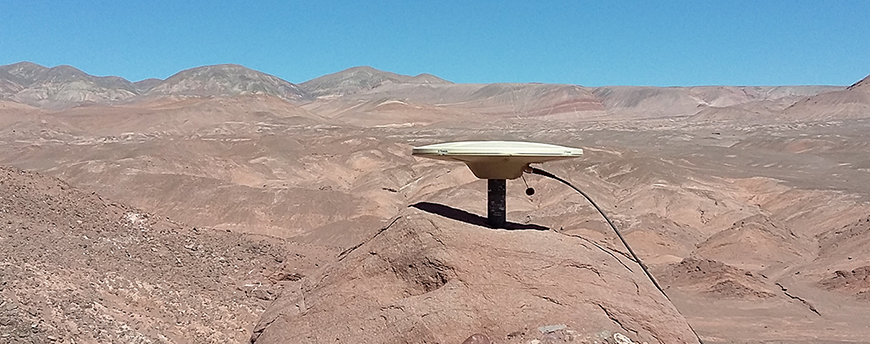
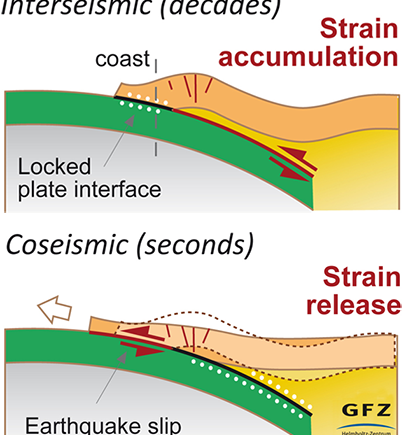
![[Translate to English:] Gruppenbild mit 4 Personen](/fileadmin/_processed_/8/d/csm_20241017_GFZ-Emmerman-Medal-005_web_reinhardtundsommer_21a414fa4a.jpeg)

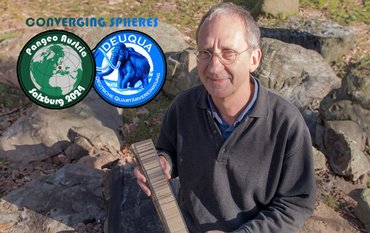


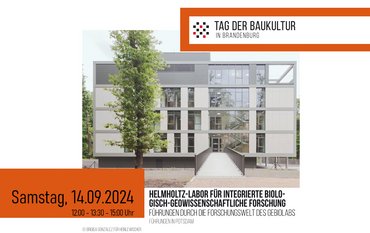
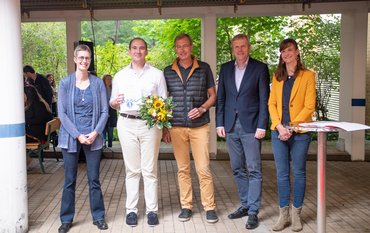
![[Translate to English:] Ice landscape with five red tents](/fileadmin/_processed_/8/9/csm_Zeltlager_auf_dem_Eis_Urheberin_Jenine_McCutcheon_5ced2d523b.jpeg)

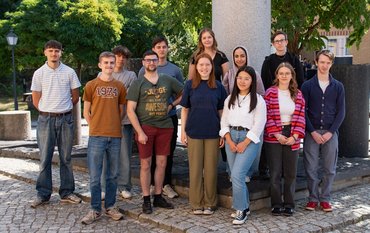






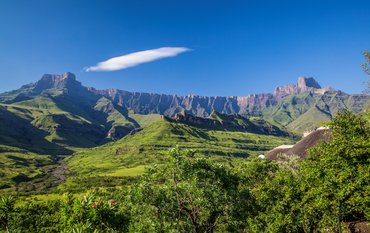

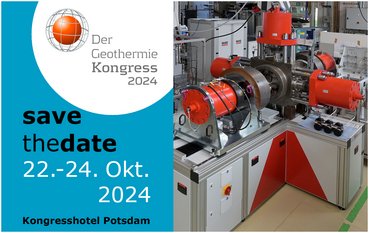

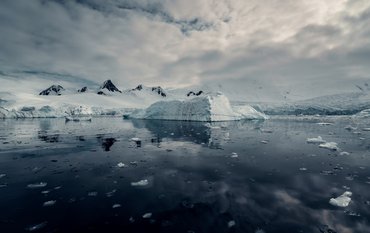

![[Translate to English:] Group photo with 7 people in front of a new metal plant in a large laboratory hall.](/fileadmin/_processed_/0/4/csm_20240628-GFZ_Einweihung_Triax-Anlage-PRESSE_Abb1_040_c-Bahlo-GFZ_187906cb48.jpeg)

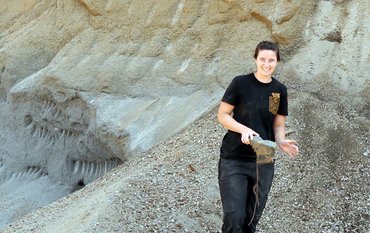

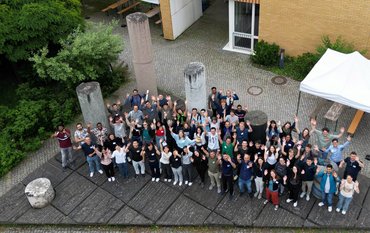
![[Translate to English:] Heidi Kreibich, woman with short brown hair and blue eyes. She is wearing a grey cardigan and a red polo shirt](/fileadmin/_processed_/6/6/csm_kreibich-Heidi_1_Querformat_he-2021_2dedd3ef33.jpeg)
